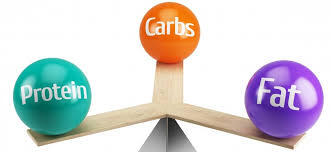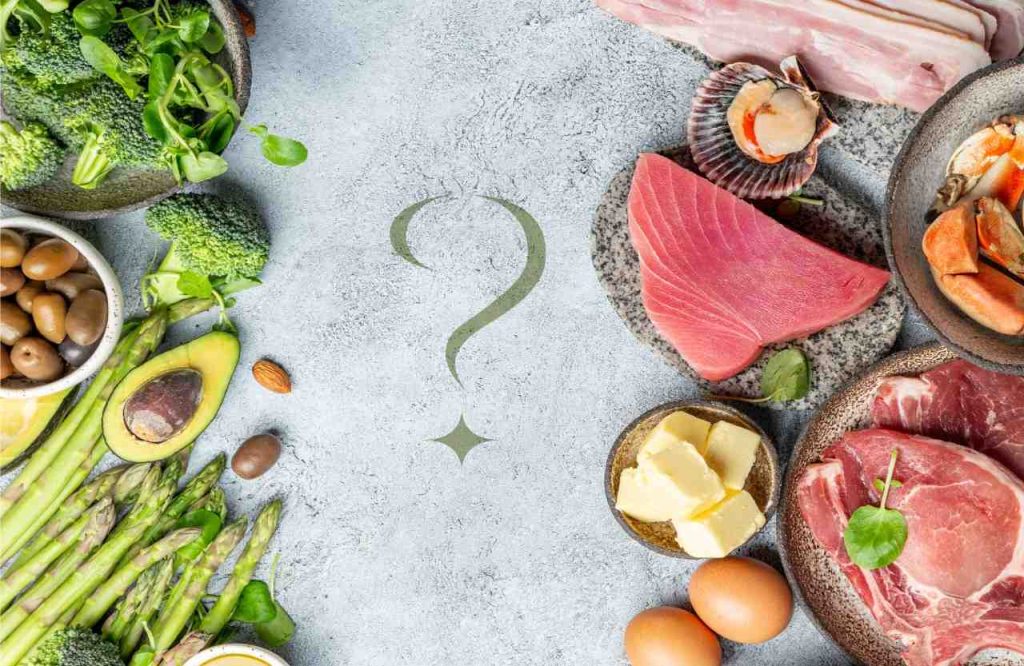What to eat and drink before and after a flu shot
During the Flu: The Most Critical Phase
When you are actively sick, your appetite will likely be low. The primary focus should be on hydration and getting calories in whatever form you can tolerate.
What to DRINK (Hydration is Key):
- Water: Essential. Sip consistently throughout the day.
- Electrolyte Solutions: Pedialyte, Liquid IV, or even diluted sports drinks can help replenish sodium, potassium, and other electrolytes lost through sweat and fever.
- Broth and Bone Broth: Savory, hydrating, and provides electrolytes like sodium. Bone broth adds the benefit of collagen and some protein, which can be soothing and supportive.
- Herbal Teas: Ginger tea (settles nausea), peppermint tea (clears sinuses, soothes stomach), or chamomile tea (promotes rest). Add honey and lemon for extra soothing properties and a calorie boost.
- Diluted Juice: Mix 50/50 with water to provide some sugar for energy without overloading your system.
What to EAT (When You Can):
Focus on the “BRAT” diet if your stomach is upset, but don’t stay on it long-term.
- Bananas: Easy to digest, provide potassium, and provide energy.
- Rice (White): Plain white rice is bland and binding, which can help with diarrhea.
- Applesauce: Provides pectin, which can help with diarrhea, and easy calories.
- Toast (White): Plain, dry toast is easy on the stomach.
- Other Good Options:
- Plain Crackers or Pretzels
- Boiled Potatoes (without butter)
- Plain Oatmeal or Cream of Wheat
- Chicken Noodle Soup: The classic for a reason—it provides fluids, electrolytes, and easy-to-digest protein and carbs.
🍎 After the Flu: The Recovery Phase
Once your appetite returns and symptoms subside, your body needs to rebuild and repair. Focus on nutrient-dense foods.
What to DRINK (Continue Replenishing):
- Water: Keep hydration a priority.
- Smoothies: An excellent way to pack nutrients. Blend greens (spinach), fruit (berries, banana), protein (Greek yogurt, protein powder), and a healthy fat (avocado, chia seeds).
- Milk or Fortified Plant-Based Milks: Provides protein, calories, and nutrients like Vitamin D.
What to EAT (Nutrient-Dense Foods):
Prioritize protein, healthy fats, and colorful fruits and vegetables to replenish vitamin and mineral stores.
- Lean Protein: Your body uses protein to repair tissues and make new immune cells.
- Examples: Grilled chicken, fish (like salmon, which also has anti-inflammatory omega-3s), eggs, tofu, and lentils.
- Fruits and Vegetables: To restock on vitamins, minerals, and antioxidants.
- Examples: Citrus fruits (Vitamin C), berries (antioxidants), leafy greens (iron, folate), and sweet potatoes (Vitamin A, beta-carotene).
- Probiotics: To replenish the healthy gut bacteria that can be disrupted by illness.
- Examples: Yogurt, kefir, kimchi, sauerkraut, and kombucha.
- Healthy Fats and Complex Carbs: For sustained energy.
- Examples: Avocado, nuts, seeds, whole-grain bread, brown rice, and quinoa.
🛡️ Before the Flu: The Prevention Phase
A strong, well-nourished body is better equipped to fight off viruses. There’s no single “magic” food, but a consistent, balanced diet is your best defense.
What to EAT & DRINK for a Resilient Immune System:
- Colorful Fruits & Vegetables: Aim for a “rainbow” to get a wide array of vitamins and antioxidants.
- Lean Proteins: Essential for building immune cells. Zinc, found in seafood, poultry, beans, and nuts, is particularly important for immune function.
- Vitamin C-Rich Foods: Supports various cellular functions of the immune system.
- Examples: Citrus fruits, bell peppers, strawberries, and broccoli.
- Vitamin D Sources: Crucial for immune health.
- Examples: Fatty fish (salmon, tuna), fortified milk, and eggs. Sunlight is the primary source.
- Stay Hydrated: Proper hydration is essential for all bodily functions, including the circulation of immune cells.
✅ Quick Summary Table
| Phase | Priority | Top Food & Drink Choices |
|---|---|---|
| Before (Prevention) | Immune Support | Colorful fruits & veggies, lean protein, citrus, nuts, seeds, plenty of water. |
| During (Illness) | Hydration & Easy Calories | Broth, electrolyte drinks, herbal tea, bananas, toast, applesauce, plain rice, crackers. |
| After (Recovery) | Rebuilding & Replenishing | Lean protein (chicken, fish, eggs), probiotics (yogurt), fruits & vegetables, whole grains, smoothies. |
Listen to Your Body: This is the most important rule. If you’re not hungry, don’t force yourself to eat. Focus on fluids. As your appetite returns, start with bland, easy foods and gradually work your way back to your normal, healthy diet. If you have specific health conditions or severe symptoms, always consult a doctor or a registered dietitian.
Medications that have been suggested by doctors worldwide are available on the link below
https://mygenericpharmacy.com/category/products/disease/vitamins-enzymes

